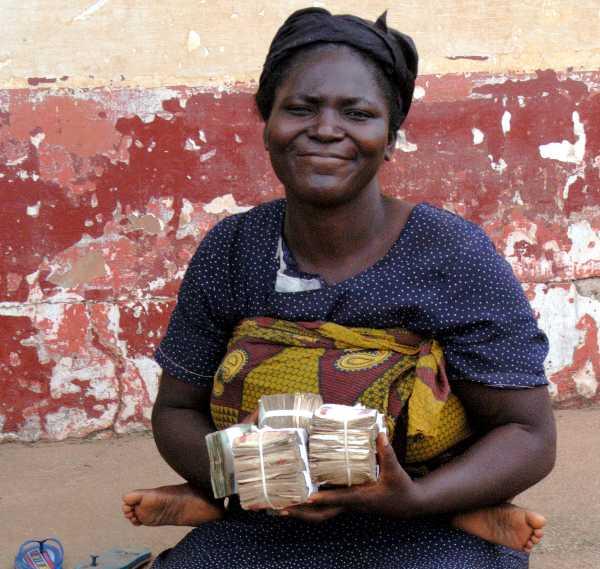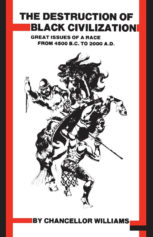“There exists today a chance for [Blacks] to organize a cooperative State within their own group. By letting Negro farmers feed Negro artisans, and Negro technicians guide [Black] home industries and [Black] thinkers plan this integration of cooperation, while [Black] artists dramatize and beautify the struggle, economic independence can be achieved. To doubt that this is possible is to doubt the essential humanity and the quality of brains of [Black People].”
W.E.B. DuBois, 1935
Susu
In parts of West Africa and the Caribbean an ancient version of cooperative economics exists, called “susu.” As one of the oldest forms of microfinance in Africa, the practice is run by one of Africa’s oldest financial groups, susu collectors. They run their businesses from kiosks in the marketplace and act as mobile bankers.
Clients make low but regular deposits on a daily or weekly basis over the course of a month into a susu account. At the end of this period the susu collector returns the accumulated savings to the client but keeps one day’s savings as commission. Susu collectors may also provide advances to their clients or rotate the accumulated deposits of a group between individual members.
Today, susu collectors provide many West Africans who would otherwise be denied credit with access to money they need to start up small venture projects that in many cases benefit the community as a whole. In the United States, Black immigrants from the Caribbean have enjoyed one of the highest economic growth rates using a form of the susu and leveraging this practice to establish successful credit unions.



